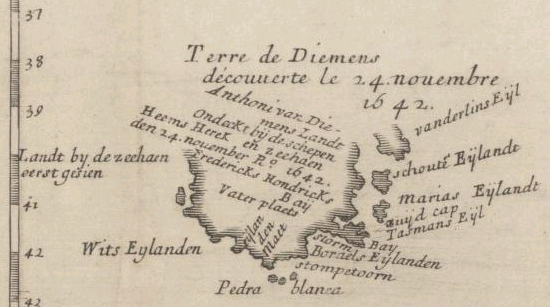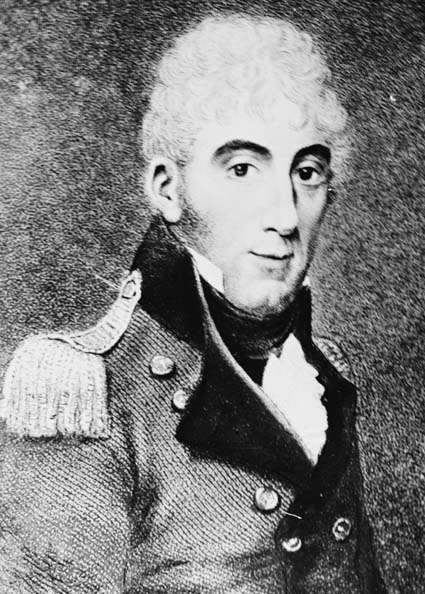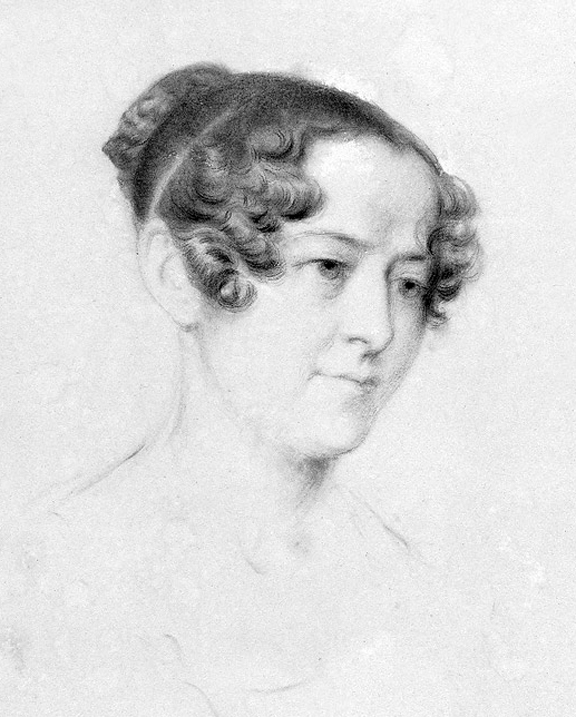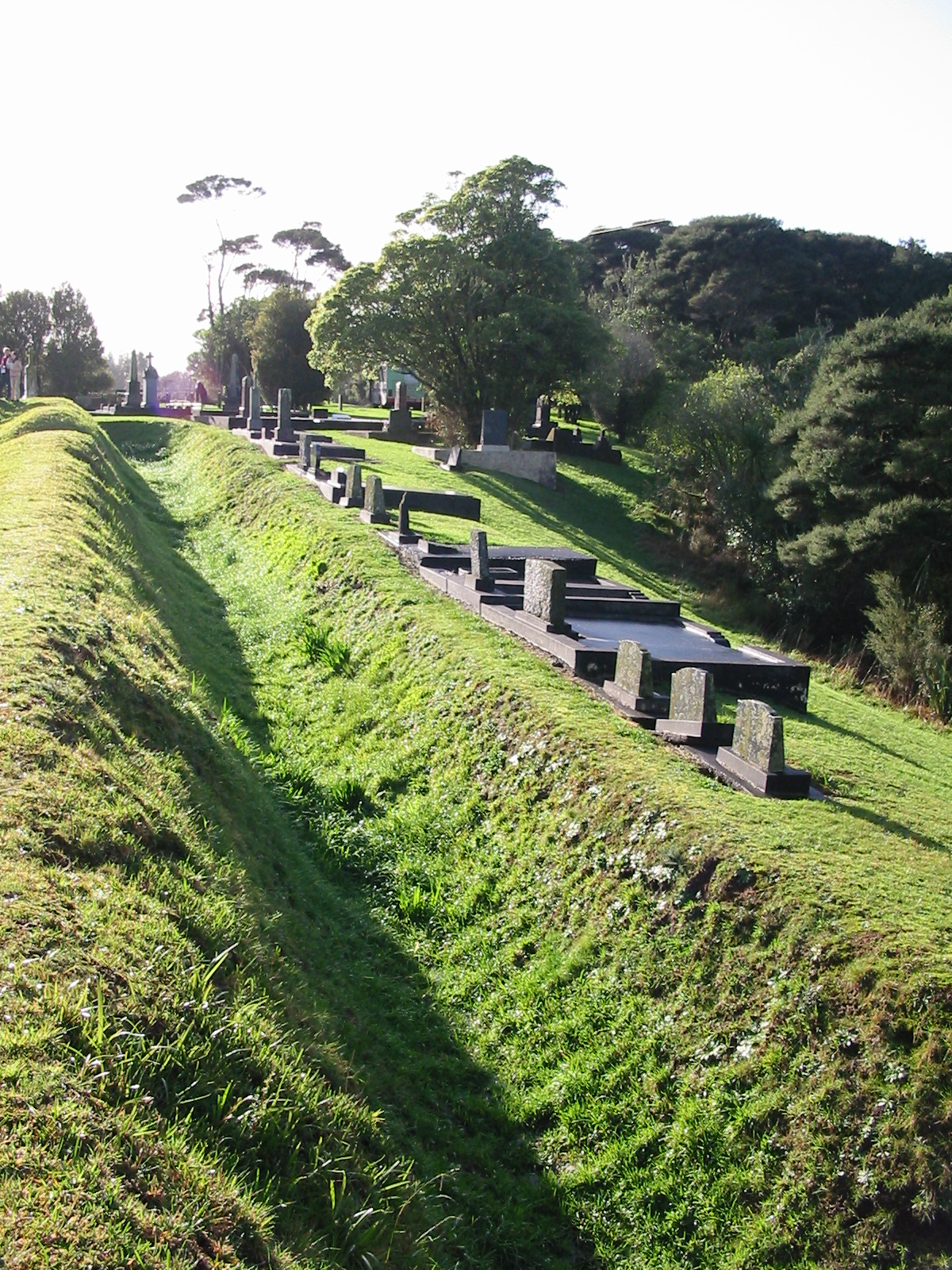|
Franklin District Council
Franklin District was a New Zealand territorial authority that lay between the Auckland metropolitan area and the Waikato Plains. As a formal territory it was abolished on 31 October 2010 and divided between Auckland Council in the Auckland Region (39.82 percent by land area) to the north and Waikato and Hauraki districts in the Waikato region (60.18 percent) to the south and east. The Auckland portion is now part of the Franklin ward, which also includes rural parts of the former Manukau City. Before its abolition, it was administered from the town of Pukekohe. Out-going Franklin District Mayor Mark Ball had proposed that Franklin district become an independent unitary authority, fulfilling both the functions of a local and regional council. However, this was rejected by Minister Rodney Hide. Location and extent The district was bounded in the north by the start of the Auckland metropolitan area and the waters of the Manukau Harbour. Awhitu Peninsula stretches up the Tasman c ... [...More Info...] [...Related Items...] OR: [Wikipedia] [Google] [Baidu] |
Territorial Authorities Of New Zealand
Territorial authorities are the second tier of local government in New Zealand, below regional councils. There are 67 territorial authorities: 13 city councils, 53 district councils and the Chatham Islands Council. District councils serve a combination of rural and urban communities, while city councils administer the larger urban areas.City councils serve a population of more than 50,000 in a predominantly urban area. Five territorial authorities (Auckland, Nelson, Gisborne, Tasman and Marlborough) also perform the functions of a regional council and thus are unitary authorities. The Chatham Islands Council is a '' sui generis'' territorial authority that is similar to a unitary authority. Territorial authority districts are not subdivisions of regions, and some of them fall within more than one region. Regional council areas are based on water catchment areas, whereas territorial authorities are based on community of interest and road access. Regional councils are respons ... [...More Info...] [...Related Items...] OR: [Wikipedia] [Google] [Baidu] |
Tasman Sea
The Tasman Sea (Māori: ''Te Tai-o-Rēhua'', ) is a marginal sea of the South Pacific Ocean, situated between Australia and New Zealand. It measures about across and about from north to south. The sea was named after the Dutch explorer Abel Janszoon Tasman, who in 1642 was the first known person to cross it. British explorer Lieutenant James Cook later extensively navigated the Tasman Sea in the 1770s during his three voyages of exploration. The Tasman Sea is informally referred to in both Australian and New Zealand English as the Ditch; for example, "crossing the Ditch" means travelling to Australia from New Zealand, or vice versa. The diminutive term "the Ditch" used for the Tasman Sea is comparable to referring to the North Atlantic Ocean as "the Pond". Climate The south of the sea is passed over by depressions going from west to east. The northern limit of these westerly winds is near to 40°S. During the southern winter, from April to October, the northern branch ... [...More Info...] [...Related Items...] OR: [Wikipedia] [Google] [Baidu] |
Van Diemen's Land
Van Diemen's Land was the colonial name of the island of Tasmania used by the British during the European exploration of Australia in the 19th century. A British settlement was established in Van Diemen's Land in 1803 before it became a separate colony in 1825. Its penal colonies became notorious destinations for the transportation of convicts due to the harsh environment, isolation and reputation for being inescapable. Macquarie Harbour and Port Arthur are among the most well-known penal settlements on the island. With the passing of the Australian Constitutions Act 1850, Van Diemen's Land (along with New South Wales, Queensland, South Australia, Victoria, and Western Australia) was granted responsible self-government with its own elected representative and parliament. On 1 January 1856, the colony of Van Diemen's Land was officially changed to Tasmania. The last penal settlement was closed in Tasmania in 1877. Toponym The island was named in honour of Anthony van Die ... [...More Info...] [...Related Items...] OR: [Wikipedia] [Google] [Baidu] |
Governor Of Tasmania
The governor of Tasmania is the representative in the Australian state of Tasmania of the Monarch of Australia, currently King Charles III. The incumbent governor is Barbara Baker, who was appointed in June 2021. The official residence of the governor is Government House located at the Queens Domain in Hobart. As the sovereign predominantly lives outside Tasmania, the governor's primary task is to perform the sovereign's constitutional duties on their behalf. As with the other state governors, the governor performs similar constitutional and ceremonial functions at the state level as the governor-general of Australia does at the national level. The position has its origins in the positions of commandant and lieutenant-governor in the colonial administration of Van Diemen's Land. The territory was separated from the Colony of New South Wales in 1825 and the title "governor" was used from 1855, the same year in which it adopted its current name. In accordance with the convention ... [...More Info...] [...Related Items...] OR: [Wikipedia] [Google] [Baidu] |
John Franklin
Sir John Franklin (16 April 1786 – 11 June 1847) was a British Royal Navy officer and Arctic explorer. After serving in wars against Napoleonic France and the United States, he led two expeditions into the Canadian Arctic and through the islands of the Arctic Archipelago, in 1819 and 1825, and served as Lieutenant-Governor of Van Diemen's Land from 1839 to 1843. During his third and final expedition, an attempt to traverse the Northwest Passage in 1845, Franklin's ships became icebound off King William Island in what is now Nunavut, where he died in June 1847. The icebound ships were abandoned ten months later and the entire crew died, from causes such as starvation, hypothermia, and scurvy. Biography Early life Franklin was born in Spilsby, Lincolnshire, on , the ninth of twelve children born to Hannah Weekes and Willingham Franklin. His father was a merchant descended from a line of country gentlemen while his mother was the daughter of a farmer. One of hi ... [...More Info...] [...Related Items...] OR: [Wikipedia] [Google] [Baidu] |
Jane Franklin
Jane, Lady Franklin (née Griffin; 4 December 1791 – 18 July 1875) was the second wife of the English explorer Sir John Franklin. During her husband's period as Lieutenant-Governor of Van Diemen's Land, she became known for her philanthropic work and her travels throughout south-eastern Australia. After John Franklin's disappearance in search of the Northwest Passage, she sponsored or otherwise supported several expeditions to determine his fate. Early life Jane was the second daughter of John Griffin, a liveryman and later governor of the Goldsmith's Company, and his wife Jane Guillemard. There was Huguenot ancestry on both sides of her family. She was born in London, where she was raised with her sisters Frances and Mary at the family house, 21 Bedford Place, just off Russell Square. She was well educated, and her father being well-to-do had her education completed by much travel on the continent. Her portrait was chalked when she was 24 by Amélie Munier-Romilly in Gene ... [...More Info...] [...Related Items...] OR: [Wikipedia] [Google] [Baidu] |
Mark Ball
Mark Robert Ball is a New Zealand politician and former police officer. He was mayor of the Franklin District, in the Auckland region, for six years until the position was disestablished in 2010. He currently serves as leader of the Heartland New Zealand Party. Early life Ball was a police officer for 17 years, policing the South Auckland area. He later owned a business, which he sold when elected as a mayor. Political career Mayor of Franklin District At the 2004 New Zealand local elections, Ball stood and won for the position of Mayor of Franklin. He was reelected at the 2007 local elections. In 2010, the Franklin District Council (along with the position of Mayor of Franklin) was abolished along with all other councils in the Auckland region when they were merged to form the single Auckland Council. Unlike several of the other Auckland Mayors, Ball did not run in the 2010 Auckland mayoral election for the position of Mayor of Auckland. The Franklin District Council ha ... [...More Info...] [...Related Items...] OR: [Wikipedia] [Google] [Baidu] |
Glenbrook, New Zealand
Glenbrook is a rural and industrial area in the Auckland region of New Zealand. The industrial area, that of New Zealand's major steel mill, New Zealand Steel, is not located close to any towns - the surrounding countryside is occupied by farms. The nearest towns are Waiuku, five kilometres to the south, and Pukekohe, 15 kilometres to the east. Glenbrook's other claim to fame is the Glenbrook Vintage Railway. History Construction of the Glenbrook Steel Mill began in 1967. Glenbrook was chosen as the site due to the area's proximity to the Waikato North Head ironsand mine and the Huntly Power Station. Demographics Glenbrook statistical area, which includes Glenbrook Beach, covers and had an estimated population of as of with a population density of people per km2. Glenbrook had a population of 2,193 at the 2018 New Zealand census, an increase of 159 people (7.8%) since the 2013 census, and an increase of 219 people (11.1%) since the 2006 census. There were 741 househo ... [...More Info...] [...Related Items...] OR: [Wikipedia] [Google] [Baidu] |
Steel Mill
A steel mill or steelworks is an industrial plant for the manufacture of steel. It may be an integrated steel works carrying out all steps of steelmaking from smelting iron ore to rolled product, but may also be a plant where steel semi-finished casting products are made from molten pig iron or from scrap. History Since the invention of the Bessemer process, steel mills have replaced ironworks, based on puddling or fining methods. New ways to produce steel appeared later: from scrap melted in an electric arc furnace and, more recently, from direct reduced iron processes. In the late 19th and early 20th centuries the world's largest steel mill was the Barrow Hematite Steel Company steelworks located in Barrow-in-Furness, United Kingdom. Today, the world's largest steel mill is in Gwangyang, South Korea. [...More Info...] [...Related Items...] OR: [Wikipedia] [Google] [Baidu] |
New Zealand Steel
New Zealand Steel Limited is the owner of the Glenbrook Steel Mill, the steel mill located 40 kilometres south of Auckland, in Glenbrook, New Zealand. The mill was constructed in 1968 and began producing steel products in 1969. Currently, the mill produces 650 000 tonnes of steel a year which is either domesticity used or exported. Over 90% of New Zealand's steel requirements are produced at Glenbrook while the remaining volume is produced by Pacific Steel, a steel recycling facility in Otahuhu, Auckland. The mill is served by the Mission Bush Branch railway line, which was formerly a branch line to Waiuku. Coal and lime trains arrive daily. Steel products are also transported daily. The mill employs 1,150 full-time staff and 200 semi-permanent contractors. New Zealand Steel is notable due to its unique utilization of ironsand as its ore. Because ironsand is a low grade ore with many contaminants, the mill's primary plants' operations and equipment are unusual. History Th ... [...More Info...] [...Related Items...] OR: [Wikipedia] [Google] [Baidu] |
Tuakau
Tuakau ( mi, Tūākau) is a town in the Waikato region at the foot of Bombay hills, formerly part of the Franklin district until 2010, when it became part of Waikato District in the North Island of New Zealand. The town serves to support local farming, and is the residence of many employees of New Zealand Steel at Glenbrook. Toponymy The place name is believed to be a geographical reference to the high bluff nearby that offers views down the Waikato river. In Māori the word can mean 'to stand' and 'river bank'. History and culture Pre-European history The area was first used as a trading centre for passing waka that would transport goods up and down the Waikato River. European settlement A flax mill was built in 1855. In 1863 war broke out because the British Crown forced the Waikato people out of their lands just south of the river and the New Zealand Government stationed in Tuakau Imperial troops brought over from Great Britain. To help defend the area the Alexandra Re ... [...More Info...] [...Related Items...] OR: [Wikipedia] [Google] [Baidu] |
Waiuku
Waiuku is a rural town in the Auckland Region in the North Island of New Zealand. It is located at the southern end of the Waiuku River, which is an estuarial arm of the Manukau Harbour, and lies on the isthmus of the Āwhitu Peninsula, which extends to the northeast. It is 40 kilometres southwest of Auckland city centre, and 12 kilometres north of the mouth of the Waikato River. The town serves to support local farming, and is the residence of many employees of New Zealand Steel at Glenbrook, which is four kilometres to the northeast. It was part of the Franklin District prior to it being abolished in 2010. Most of the town is now within the boundaries of Auckland Council, with the balance in the area of Waikato District Council. History and culture Māori history The Māori name Waiuku comes from a legend that two prominent brothers, Tamakae and Tamakou, vied for the hand of a beautiful high-ranking Waikato chieftainess. Tamakae was the cultivator, provider and Tama ... [...More Info...] [...Related Items...] OR: [Wikipedia] [Google] [Baidu] |








_(9889043334).jpg)